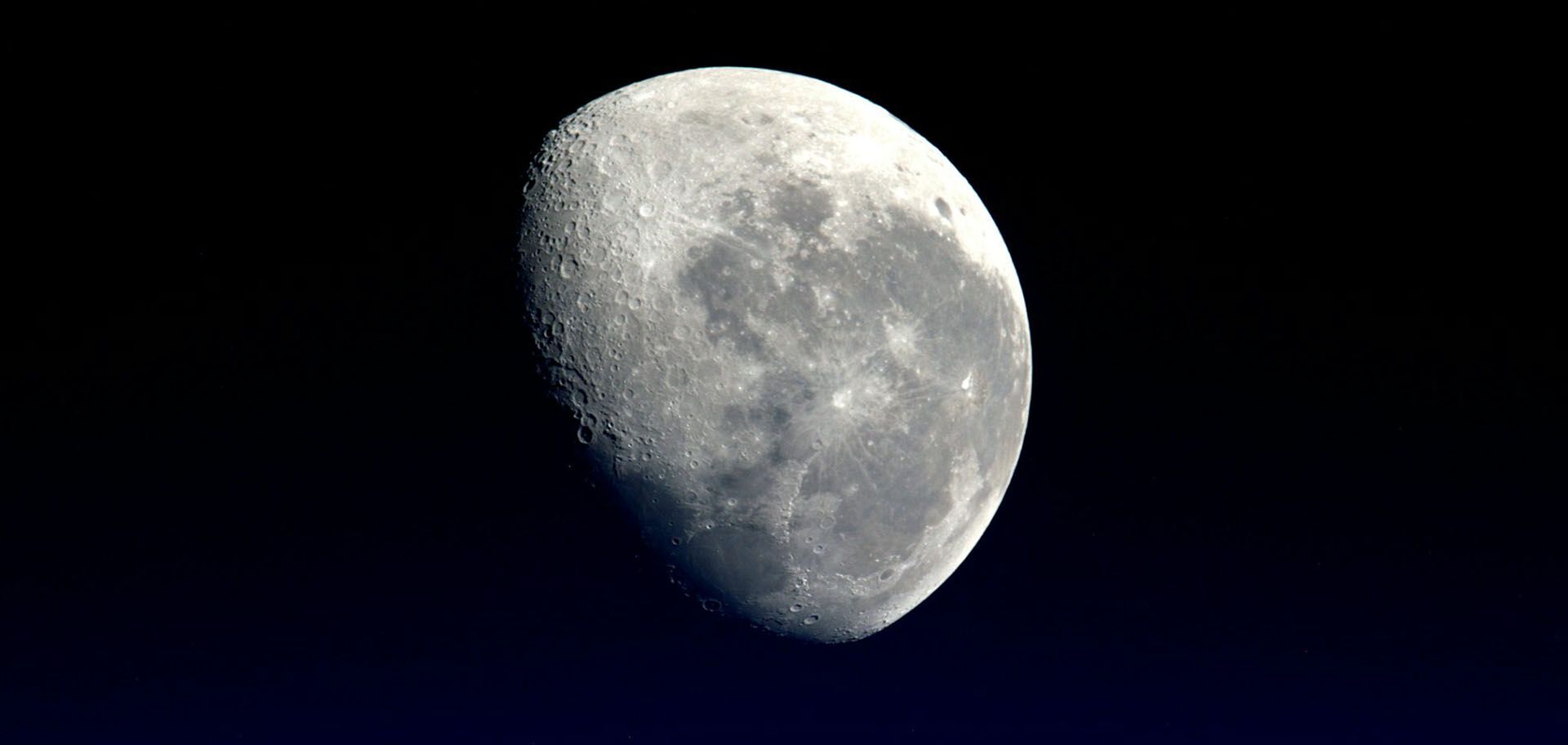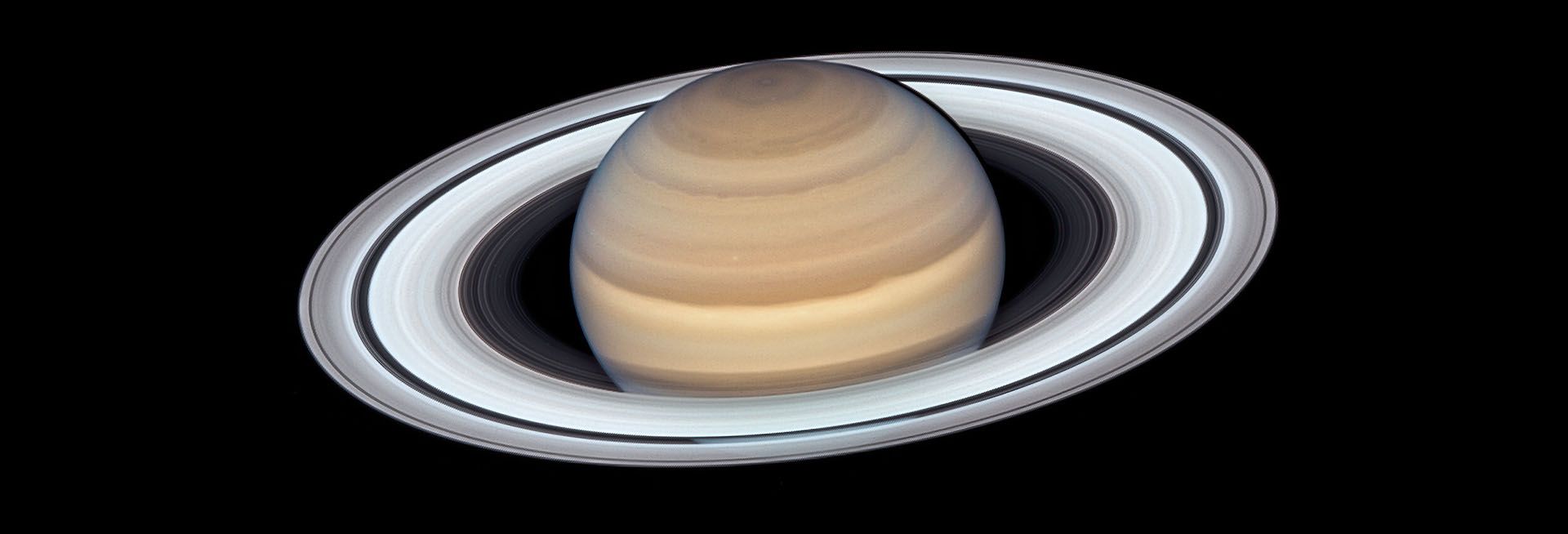Summary
- Viewable objects include the Moon, Jupiter, Saturn, Venus, the Milky Way, and star systems.
- An ordinary pair of binoculars, a tripod, and an astronomy app are all you need to start exploring the night sky.
- You shouldn’t set your expectations too high, but it will give you enough of a taste to see whether you want to invest in more expensive kit.
You might be surprised just how much of the night sky you can see using nothing more than a pair of binoculars, from the Moon to star systems. Of course, you’re not going to get Hubble Telescope-like close-ups, but it may be enough to whet your appetite for more and launch you into a new hobby.
Before You Start
If you have a pair of perfectly ordinary 10×50 binoculars, you’re most of the way toward being able to make a start in astronomy. The only hardware you’ll need to add is a basic tripod to hold them steady, and an L-adapter to mount the binoculars to it.
If you don’t already own a pair of binoculars, then you can choose between spending less than $100 on a basic pair that will get you started, and around $300 on a pair that will get you a much better experience. Our buyer’s guide tells you everything you need to know.
Finally, a free or low-cost smartphone app is an enormous help when it comes to knowing where in the sky to look for particular features. These typically cost just a few dollars, and are virtually essential when starting out.
The Moon
The Moon is of course the closest object in the night sky (leaving aside the International Space Station and satellites), and so you’ll get a better view of this than anything else.
Even the most basic pair of binoculars will enable you to easily make out the contrasting colors of the Moon, the darker areas formed by the ‘seas’ more properly known as “lunar maria.” These are huge flat plains made from lava flowing into the basins caused by collisions with smaller bodies in the solar system. That now-solidified lava appears black thanks to the iron content making it less reflective than the surrounding areas. These basins were formed somewhere between one and four billion years ago.
Looking in more detail, you’ll be able to make out the larger craters on the surface of the Moon. The most obvious of these is Tycho Crater. This is a massive crater covering an area of around 200,000 square miles. It’s instantly recognizable thanks to the distinctive white ‘rays’ extending outward from it in all directions. You’ll notice that those rays, or impact lines, extend over the top of other nearby craters, which tells us that it is a relatively recent impact in lunar history terms, estimated to have happened around 100 million years ago.
You might instinctively think that a full Moon is the best time to observe it, but that’s actually not the case. Because the light from the full surface is reflected back to the Earth, it’s too bright to make out individual features. The crescent and half phases of the Moon (where you can see anywhere from a slim crescent to around half of the shape) are the best times to look.
Jupiter and Its Four Galilean Moons
The next easiest thing to view through binoculars is Jupiter. This is the largest planet, and can be seen with the naked eye. It’s also a very bright object, allowing us to see it even when it’s not completely dark. Indeed, it can sometimes even be seen in daylight, though you do need to be careful when searching for it that you don’t point your binoculars toward the sun.
Never take a chance of pointing your binoculars at the sun! See the warning in the Venus section for more on this.
You shouldn’t expect too much—the photo above was taken by the Hubble telescope—but you should be able to clearly see the colored bands, even if they look a little fuzzy. Depending on the power of your binoculars and when you are viewing you may just be able to make out the Great Red Spot. This is an oval-shaped darker section comprising a huge storm about twice the size of the planet Earth. Spotting it through binoculars is challenging, however, and it can only be seen at specific times, so don’t be disappointed if you don’t, uh, spot it.
Binoculars are also enough to make out Jupiter’s four largest moons, known as the Galilean Moons: Io, Europa, Ganymede, and Callisto. You won’t see these as anything more than small white dots either side of Jupiter, but it’s still pretty exciting to be looking at the moons of a planet that’s at least 365 million miles away! Of course, being moons they orbit the planet and can’t be seen when they are behind it, nor made out through binoculars when they are in front of it, only when to the side. This means you’ll sometimes only be able to see three of the four moons, but you can very often see all four.
Saturn and Its Largest Moon
Saturn is most famous for its rings. There are seven main rings, labeled rather unimaginatively A to G inclusive, but there are also subdivisions with their own names.
The bad news is that distinguishing the rings through ordinary 10×50 binoculars is unlikely, and at best they will look rather faint through 15×70 ones. But you will be able to see the planet itself, and if it looks more like a flattened shape than a spherical one, that’s because of the effect of the rings.
You’ll also be able to see Saturn’s largest moon, Titan. This will again just look like a small white dot, but you are now seeing something which is getting on for a billion miles away! So far, in fact, that the light you are seeing left Saturn and Titan almost one-and-a-half hours ago.
Venus in Crescent and Half-Moon Phases
Venus is an interesting target. While quite small, binoculars are more than enough to make out its shape when in its crescent and half-moon phases.
Surprisingly, Venus is easier to see at dusk when it is in a completely dark sky. Just after sunset is a good time to look for it, in the blue hour.
Because Venus is seen low in the sky, and in the same general direction as the sun, it is crucial to ensure that the sun has completely set, otherwise you risk seeing the sun through your binoculars, and that’s extremely dangerous to your eyesight. Never take chances with this: you can be permanently blinded with even a brief glimpse of the magnified sun.
The Milky Way
The Milky Way is the name of the galaxy which includes our solar system, so technically everything you look at is part of it! Every star we can see in the night sky is part of the Milky Way. But what we generally mean by viewing it is to see the disc-shaped region when looking toward its center.
While everything we’ve talked about so far can be seen in a range of light conditions, getting a view of the Milky Way requires a very dark sky. You won’t see it when there’s light pollution from nearby towns and cities, so you’ll need to get well out into uninhabited areas. It’s also best to choose a moonless night.
You’ve probably seen stunning photos showing all kinds of colors in the Milky Way. You need to be prepared for some disappointment here: those colors are only visible in long-exposure photos, and even then they have usually been significantly enhanced in editing. What you’ll see through binoculars is varying shades of white and gray.
All the same, it’s still an awe-inspiring sight to anyone with an ounce of poetry in their soul! You’re looking at hundreds of billions of stars, the closest of which is four light years away. The center of the Milky Way is around 26,000 light years away, so the light you are seeing today left the center of the galaxy during our Stone Age. If that’s not even slightly inspiring, you’ve probably picked the wrong hobby!
Mizar Double Star System
The Plough is the colloquial name given to part of the constellation Ursa Minor. This comprises seven stars, all of which can be seen through binoculars.
The most distinctive element is the Mizar Double Star system, which is instantly recognizable as two stars extremely close to each other. When you look at the system through a pair of binoculars, Mizar will be on the right, Alcor top-left, and may be able to just make out Sidus Ludovicianum as a tiny dot left of center.
Other Star Systems
There are a number of other star systems visible through binoculars, which an astronomy app will help you locate and identify.
A pair of binoculars, a basic tripod and an astronomy app costing just a few dollars will get you started in astronomy—but be warned, it can be addictive!








